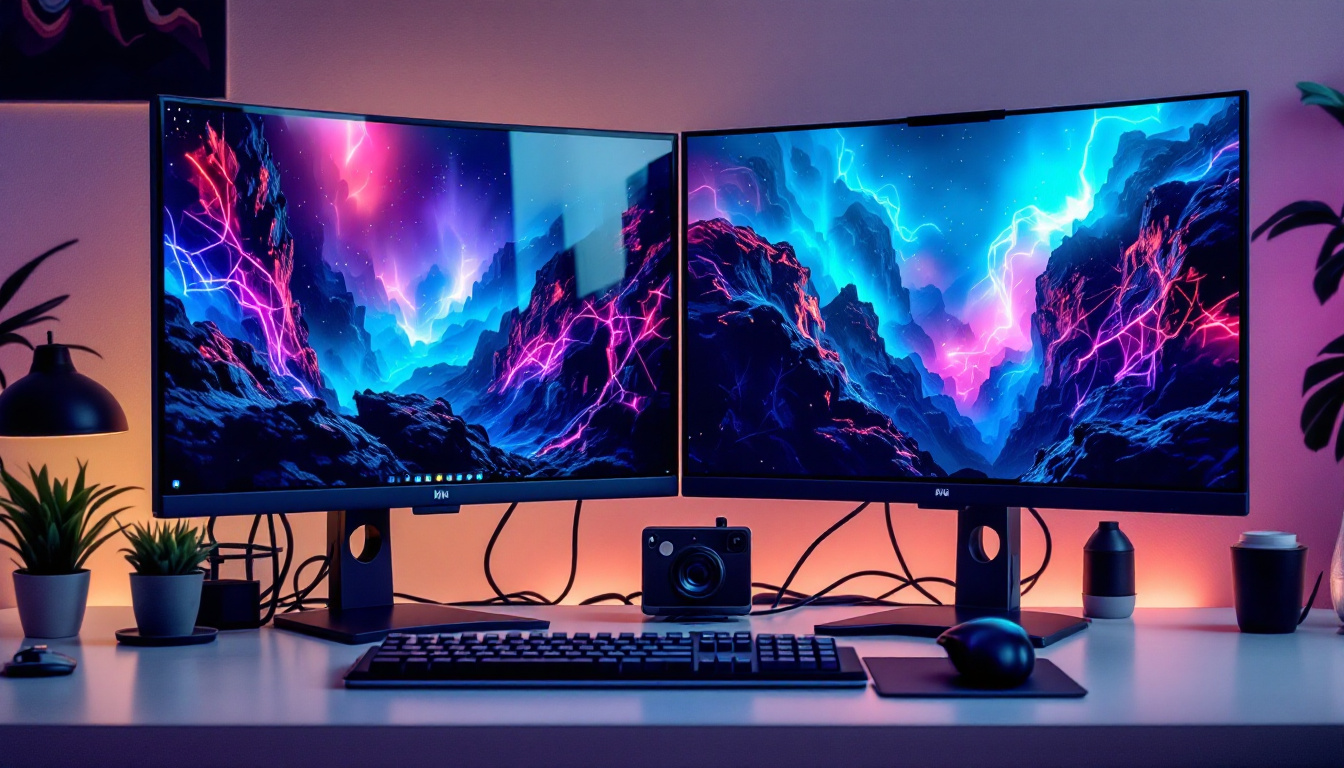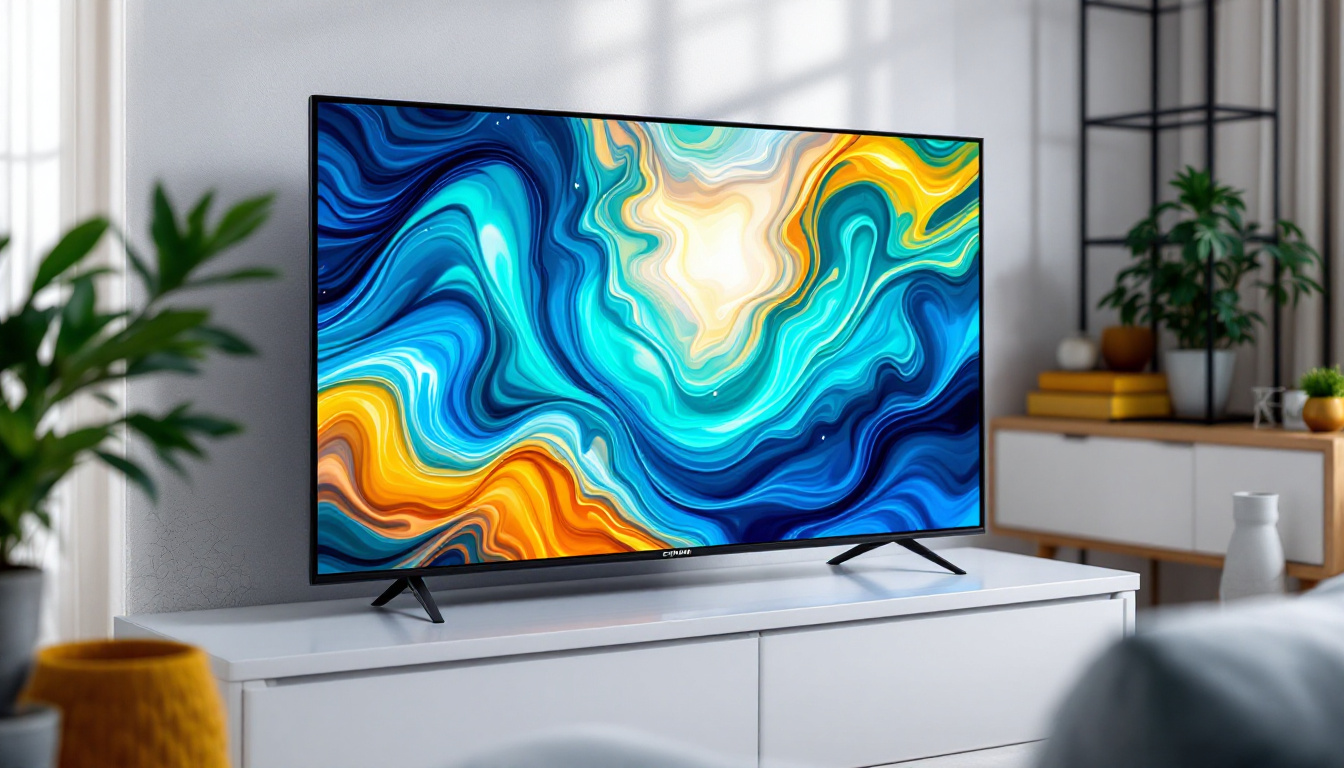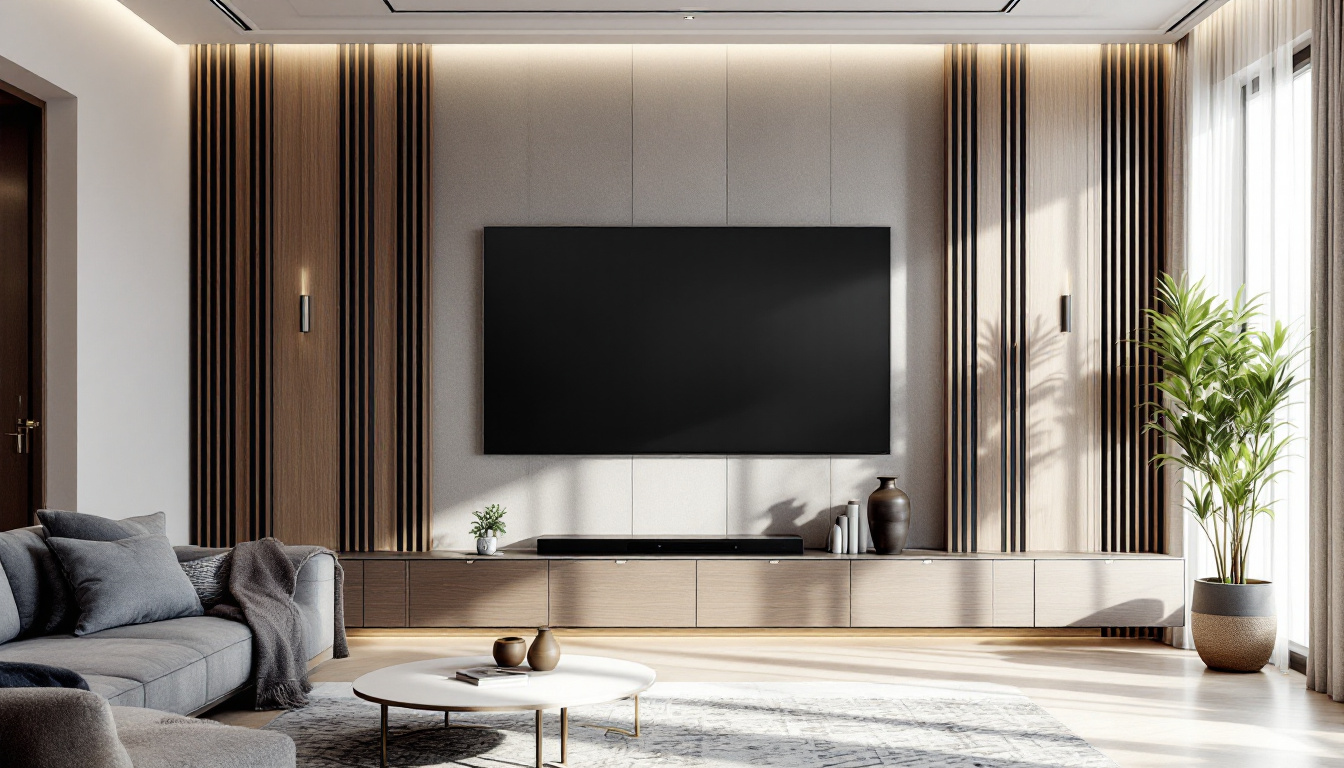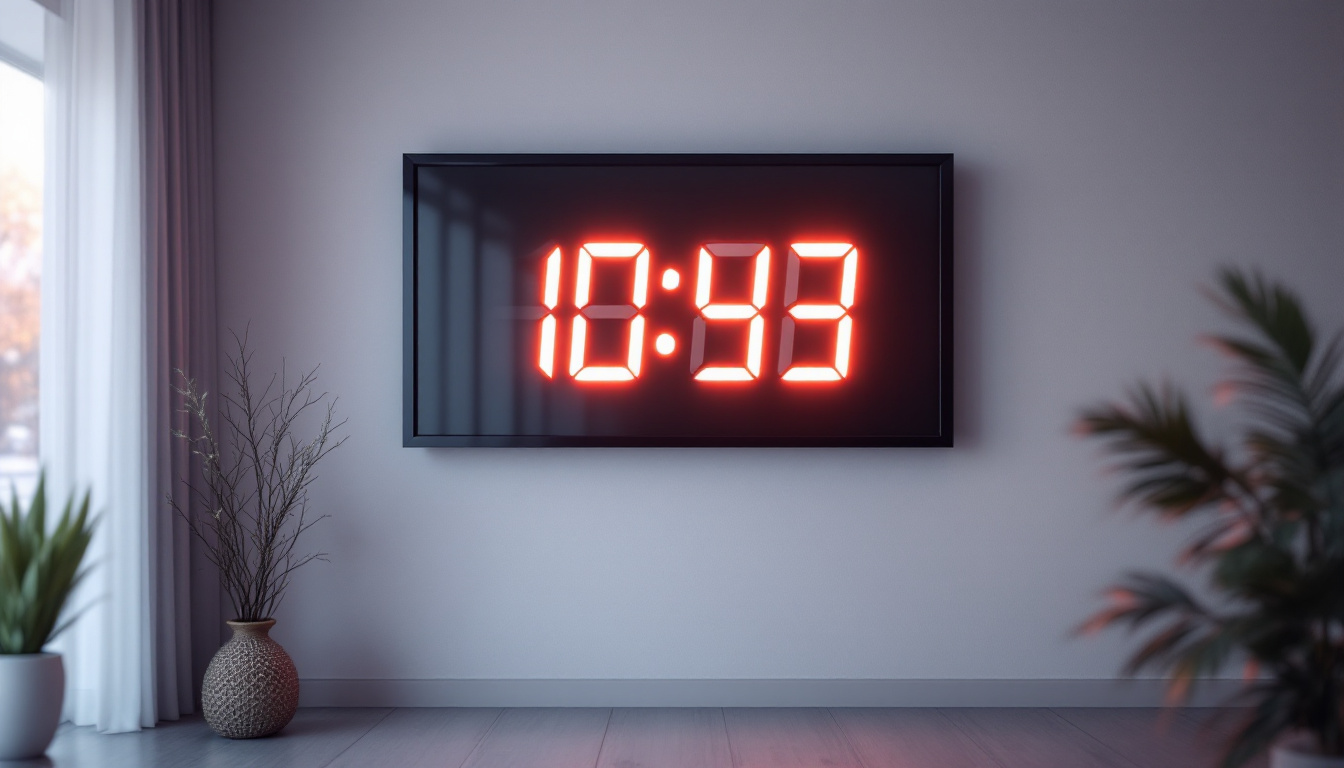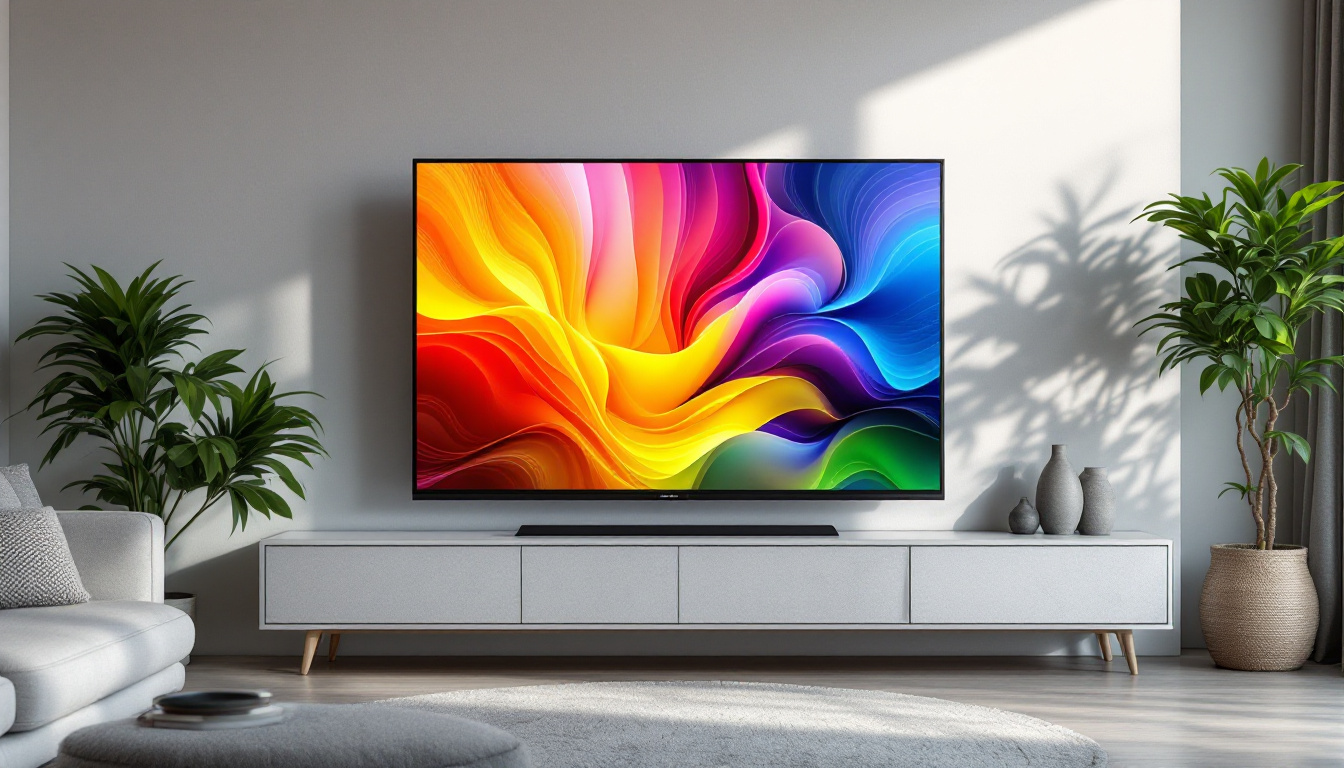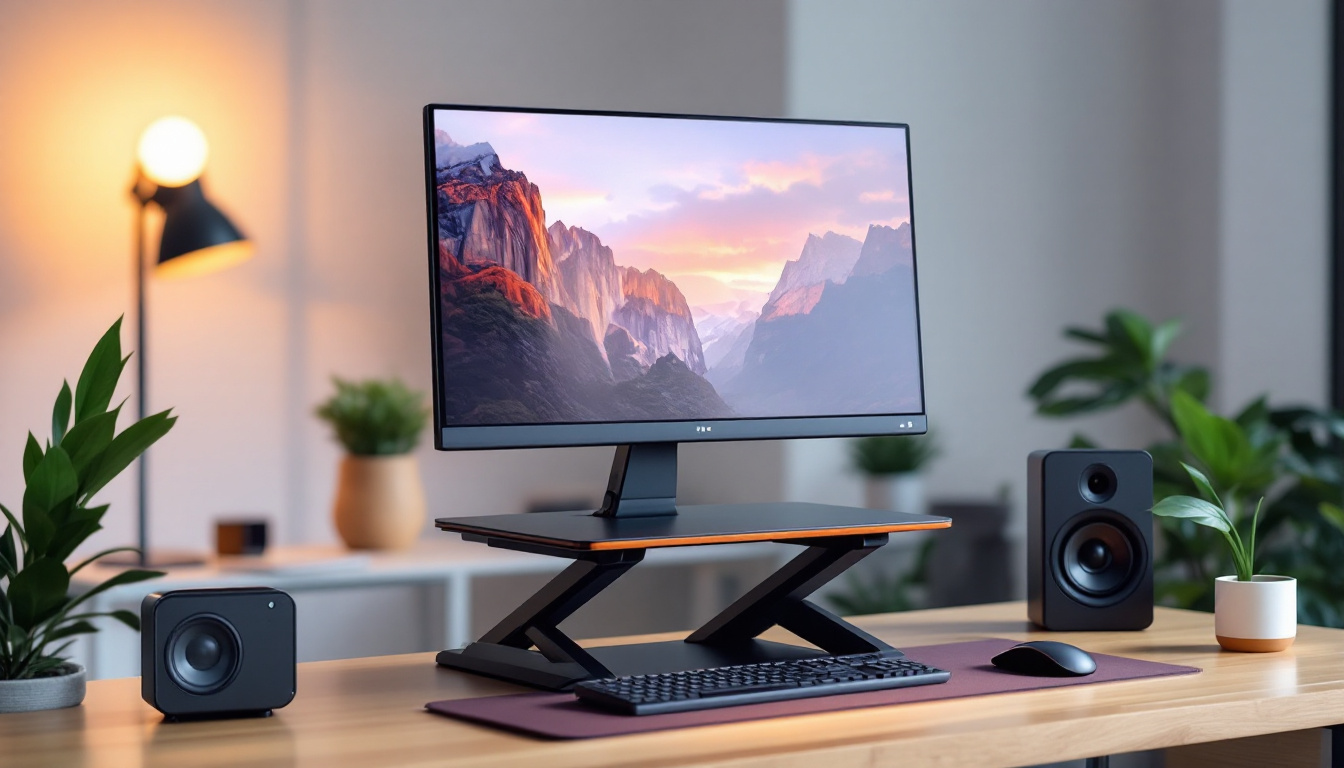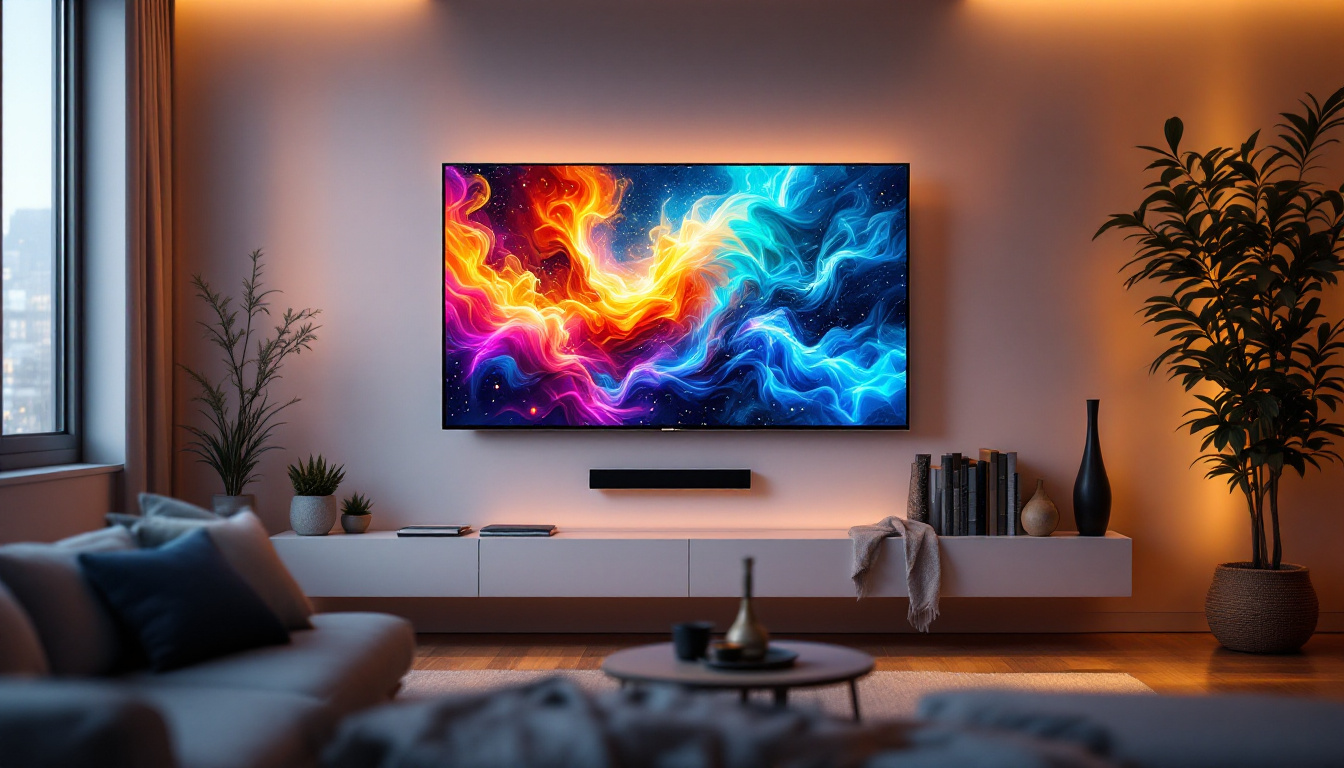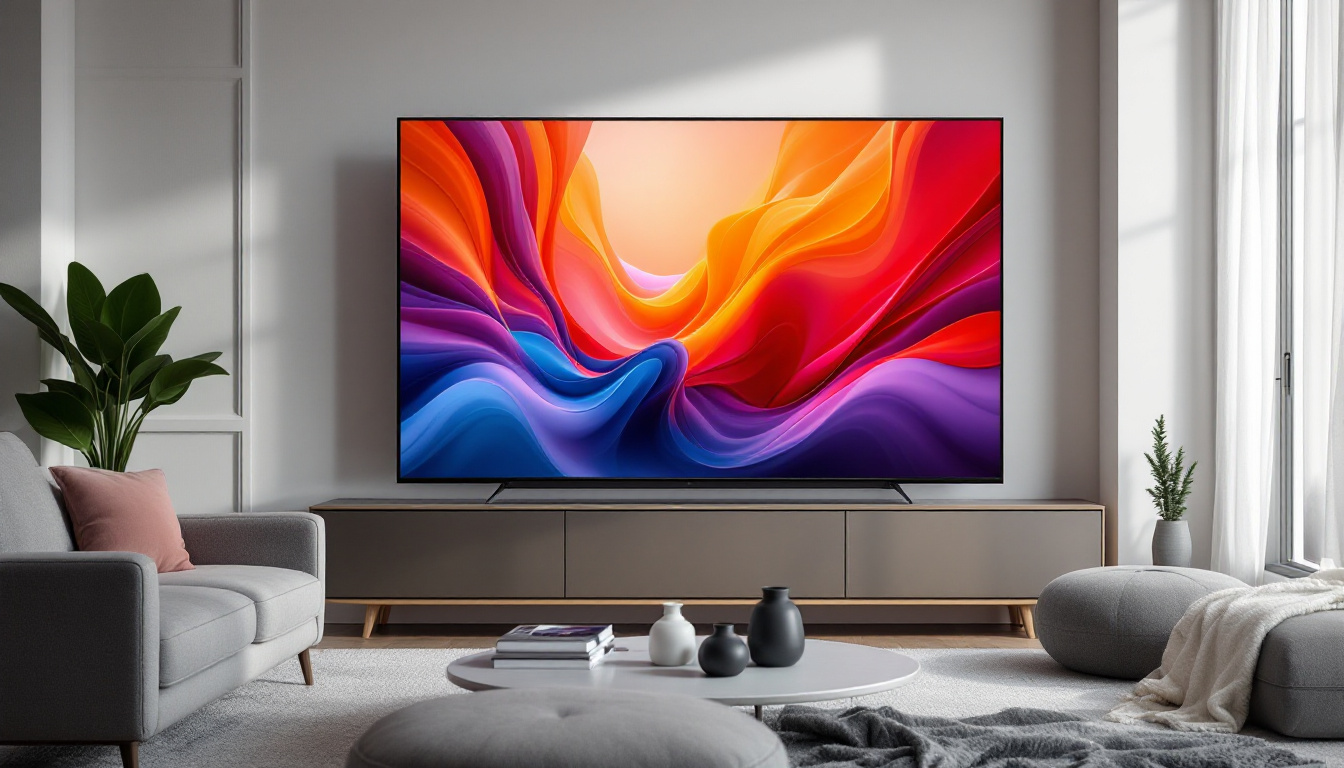The Surface Pro 7 is a versatile device that combines the functionality of a laptop with the portability of a tablet. However, like any electronic device, it can experience issues, particularly with its touch screen. When the touch screen stops responding, it can be frustrating and hinder productivity. This article will explore the potential causes of a non-working touch screen on the Surface Pro 7 and provide insights into the LED display technology that powers it.
Understanding the Touch Screen Functionality
The Surface Pro 7 features a capacitive touch screen, which relies on the electrical properties of the human body to detect touch. This technology allows for multi-touch capabilities, enabling users to interact with the device in various ways, such as tapping, swiping, and pinching. Understanding how this technology works can help in diagnosing issues when the touch screen fails to respond. The seamless integration of touch functionality enhances the user experience, making it intuitive for tasks ranging from browsing the web to creative design work. With the ability to recognize gestures, users can navigate through applications and documents with ease, streamlining their workflow.
Capacitive Touch Technology
Capacitive touch screens are made up of multiple layers, including a glass layer, a touch-sensitive layer, and an LED display. When a finger touches the screen, it disrupts the electrical field, allowing the device to detect the location of the touch. This technology is favored for its responsiveness and accuracy compared to resistive touch screens, which rely on pressure. Additionally, capacitive screens are more durable, as they do not require a physical force to register input, reducing wear and tear over time. This durability is particularly beneficial for users who frequently use their devices on the go, where accidental drops and bumps can occur.
Common Touch Screen Issues
There are several reasons why the touch screen on a Surface Pro 7 may stop working. These can range from software glitches to hardware malfunctions. Understanding these issues can aid in troubleshooting and resolving the problem effectively. For instance, a common software-related issue could be a recent update that caused compatibility problems with existing applications. In such cases, rolling back the update or resetting the device may restore functionality. On the hardware side, dirt, moisture, or physical damage can interfere with the touch screen’s performance. Regular maintenance, such as cleaning the screen with appropriate materials and ensuring the device is protected with a case, can help prevent these issues from arising. Moreover, users should be aware of the importance of keeping the device’s software up to date, as manufacturers often release patches that address known bugs and improve overall performance.
Diagnosing the Problem
When faced with a non-responsive touch screen, the first step is to diagnose the issue. This involves checking both software and hardware aspects of the device. A systematic approach can help narrow down the cause and lead to a solution.
Software Glitches
Software glitches are one of the most common reasons for a touch screen to stop working. These can occur due to system updates, app conflicts, or corrupted files. Restarting the device can often resolve temporary software issues. If the problem persists, checking for updates or resetting the device may be necessary. Additionally, it’s worth considering that certain applications may not be fully optimized for the device’s operating system, leading to unexpected behavior. Users can try booting their device in safe mode to see if a third-party application is the culprit, as this mode disables all non-essential apps and can help identify the source of the problem.
Driver Issues
Drivers are essential for the proper functioning of hardware components, including the touch screen. An outdated or corrupted driver can lead to touch screen malfunctions. Users should check the Device Manager to ensure that the touch screen driver is up to date. If not, reinstalling or updating the driver can often fix the problem. It’s also important to note that sometimes, a recent driver update can introduce new issues. In such cases, rolling back to a previous version of the driver may resolve the problem. Users should keep a record of driver updates and changes, as this can be invaluable in troubleshooting recurring issues.
Hardware Malfunctions
If software solutions do not resolve the issue, it may be time to consider hardware malfunctions. Physical damage to the screen or internal components can lead to a non-responsive touch screen. Inspecting the device for cracks, dents, or other signs of damage is crucial. In such cases, professional repair may be necessary. Moreover, environmental factors such as moisture or extreme temperatures can also affect the touch screen’s responsiveness. For instance, exposure to water can lead to internal short circuits, while extreme cold can cause the screen to become sluggish. Users should ensure that their devices are kept in suitable conditions to prevent such hardware issues from arising.
LED Display Technology Explained
The Surface Pro 7 utilizes an LED display, which is known for its vibrant colors and sharp image quality. Understanding how LED displays work can provide insights into potential issues that may affect the touch screen functionality.
How LED Displays Work
LED stands for Light Emitting Diode. In an LED display, tiny diodes emit light when an electric current passes through them. This technology allows for brighter screens with better contrast compared to traditional LCD displays. The Surface Pro 7’s display combines LED technology with IPS (In-Plane Switching) for enhanced viewing angles and color accuracy.
Impact of Display Issues on Touch Functionality
While the touch screen and display are separate components, issues with the display can sometimes affect touch functionality. For example, if the display is malfunctioning, it may not register touch inputs accurately. Additionally, problems such as screen flickering or discoloration can indicate underlying hardware issues that may need to be addressed.
Steps to Troubleshoot Touch Screen Issues
When the touch screen on a Surface Pro 7 is not working, there are several troubleshooting steps that can be taken to identify and resolve the problem. Following these steps can help restore functionality and ensure a smooth user experience.
Restart the Device
The first and simplest step is to restart the Surface Pro 7. This can clear temporary glitches and refresh the system. To restart, press and hold the power button until the device turns off, then turn it back on after a few seconds.
Check for Updates
Ensuring that the device is running the latest software is crucial. Go to Settings > Update & Security > Windows Update and check for any available updates. Installing updates can resolve known bugs and improve device performance.
Reset the Device
If the touch screen still does not respond after restarting and updating, resetting the device may be necessary. This can be done by navigating to Settings > Update & Security > Recovery and selecting “Reset this PC.” Users should back up their data before proceeding, as this action will restore the device to its factory settings.
Professional Repair Options
If troubleshooting steps do not resolve the issue, it may be time to seek professional help. Various repair options are available for Surface Pro 7 users experiencing touch screen problems.
Authorized Service Centers
Taking the device to an authorized service center ensures that it is handled by trained professionals familiar with Surface devices. They can diagnose the issue accurately and provide appropriate repairs using genuine parts.
Third-Party Repair Services
While authorized service centers are recommended, third-party repair services can also be an option. However, it is essential to choose a reputable service provider to avoid further damage to the device. Researching reviews and asking for recommendations can help in finding a reliable technician.
Warranty Considerations
Before seeking repairs, users should check if their Surface Pro 7 is still under warranty. If the device is covered, repairs may be free of charge. Users can check their warranty status on the manufacturer’s website by entering the device’s serial number.
Preventive Measures for Future Issues
Taking proactive steps can help prevent touch screen issues in the future. By following best practices, users can maintain their Surface Pro 7 and ensure its longevity.
Regular Software Updates
Keeping the device updated is crucial for optimal performance. Regularly checking for and installing software updates can prevent bugs and enhance functionality. Users should enable automatic updates to ensure they do not miss critical patches.
Protective Accessories
Using protective accessories, such as screen protectors and cases, can help shield the device from physical damage. A high-quality screen protector can prevent scratches and cracks, while a sturdy case can protect against drops and impacts.
Proper Handling and Care
Proper handling of the Surface Pro 7 is essential. Avoid placing heavy objects on the device, and be cautious when using it in environments where it may be exposed to moisture or extreme temperatures. Regular cleaning of the screen with appropriate materials can also help maintain touch sensitivity.
Conclusion
The touch screen on the Surface Pro 7 is a vital feature that enhances the user experience. When it stops working, it can be a significant inconvenience. By understanding the technology behind the touch screen and the LED display, users can better diagnose and troubleshoot issues. Whether through software fixes, professional repairs, or preventive measures, restoring the touch screen functionality is achievable. With proper care and attention, the Surface Pro 7 can continue to serve as a reliable and versatile device for years to come.
Enhance Your Surface Pro 7 Experience with LumenMatrix
If you’re captivated by the seamless functionality of the Surface Pro 7’s LED display, imagine the potential of integrating advanced LED technology into your environment. LumenMatrix is at the forefront of LED display innovation, offering a wide array of solutions that can transform your space and captivate your audience. From Indoor and Outdoor LED Wall Displays to specialized options like Vehicle and Sports Displays, our products are designed to elevate your visual communication. Experience the difference with our Floor LED Displays, Custom LED solutions, and more. Ready to revolutionize your display capabilities? Check out LumenMatrix LED Display Solutions and see how we can enhance your brand visibility and create unforgettable visual experiences.






